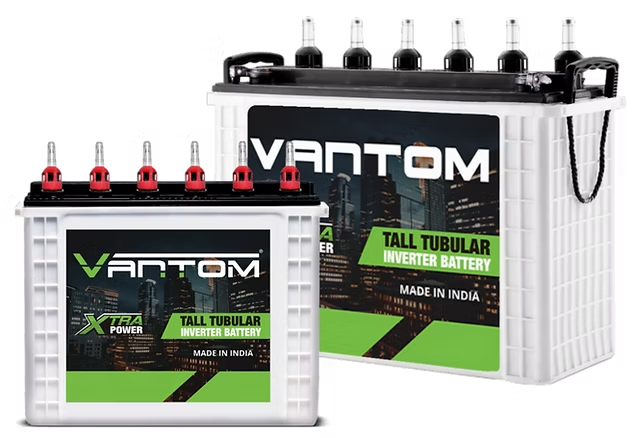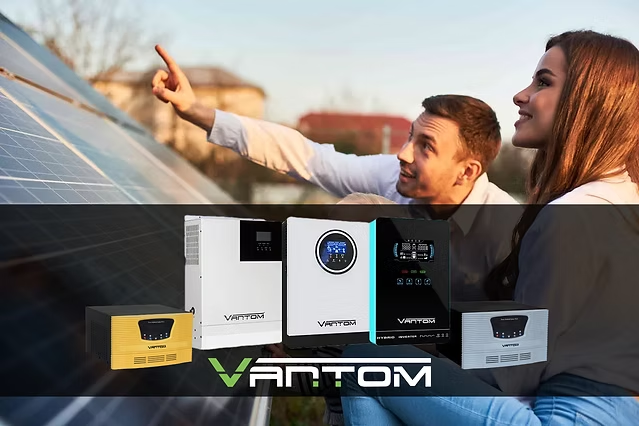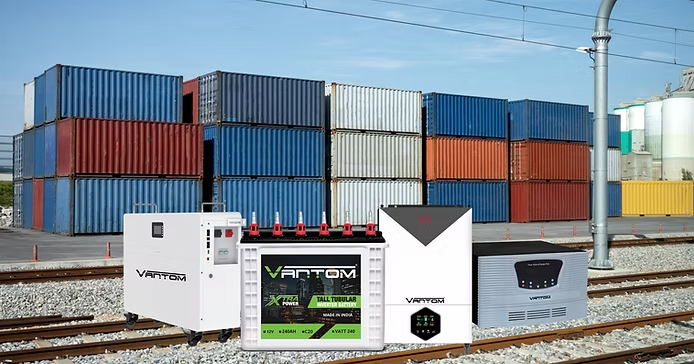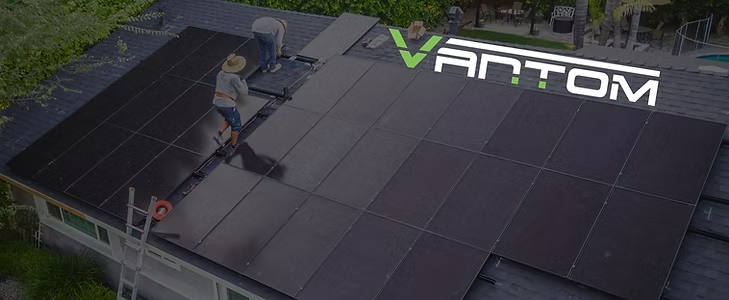

What is the most critical tool for diagnosing issues with your solar battery bank?
Why is a Battery Management System (BMS) essential for the longevity of your batteries?
What are the key differences between MPPT and PWM solar charge controllers?
What safety precautions should you always take when working on your solar energy system?
How can you extend the lifespan of your tools and instruments?
Why is it important to regularly calibrate your digital multimeter?
Introduction
Essential Tools for Building a Solar Battery Bank
Advanced Tools for Efficiency and Safety
Recommended Brands and Products
Tips for Using Your Tools Effectively
Conclusion


Why it’s important: It ensures your connections are correct and your system operates within
safe parameters.
What to look for: Choose one with clear readings, safety certifications, and features like auto
-ranging.
Your solar battery bank needs a battery management system to monitor and protect the
batteries from overcharging or discharging.
Why it’s essential: BMS prevents damage to batteries and extends their lifespan.
What to look for: Pick one compatible with your battery type that offers cell balancing and
temperature monitoring.

How it works: It regulates voltage and protects batteries from being damaged.
Types to consider: MPPT (Maximum Power Point Tracking) controllers offer better efficiency
compared to PWM (Pulse Width Modulation) controllers.
A contemporary solar panel installation in a city environment, showcasing renewable energy.
Electrical connections are the backbone of your setup. You’ll need these:
Wire strippers for cleanly removing insulation.
Crimping tools to attach connectors securely.
Connectors and terminals to ensure proper wiring.

Why you need it: Most homes run on AC power, so this conversion is vital.
Options to consider: Pure sine wave inverters are great for sensitive devices, while modified
sine wave inverters are budget-friendly.
Newer inverter models offer improved efficiency and monitoring capabilities. Look for
options with features like smart grid compatibility.
What to have: Insulated gloves, safety goggles, and a helmet. If working at heights, invest in
a safety harness.
Reminder: Safety first. Always take precautions while handling electrical components.
Why it’s key: Over-tightened connections can crack terminals, while loose ones can lead to
short circuits.
Best practice: Check your manufacturer’s torque specs to avoid errors.

Fluke 87V: Industry standard for durability and accuracy.
Vantom Power V-3000: Compact and versatile, ideal for both professional and DIY use.
Vantom Power: Excellent for LiFePO4 batteries.
Smart BMS by Daly: Offers robust monitoring features at a competitive price.
EPever MPPT Charge Controller: Affordable and reliable for smaller systems.
Vantom Power Solar Charge Controller: User-friendly and efficient, designed for optimal
solar energy harvesting.

Why it’s important: Ensures tools like your multimeter provide accurate readings.
How to do it: Follow the manufacturer’s guidelines or take tools to a certified service center.
Storing tools correctly helps them last longer.
What to do: Keep them in a dry, well-organized toolbox. Cover sharp tools like wire strippers
to protect both the tool and yourself.
Safety should always come first.
What to remember: Never work on your solar system while it’s live. Always disconnect power
before handling wiring or batteries.